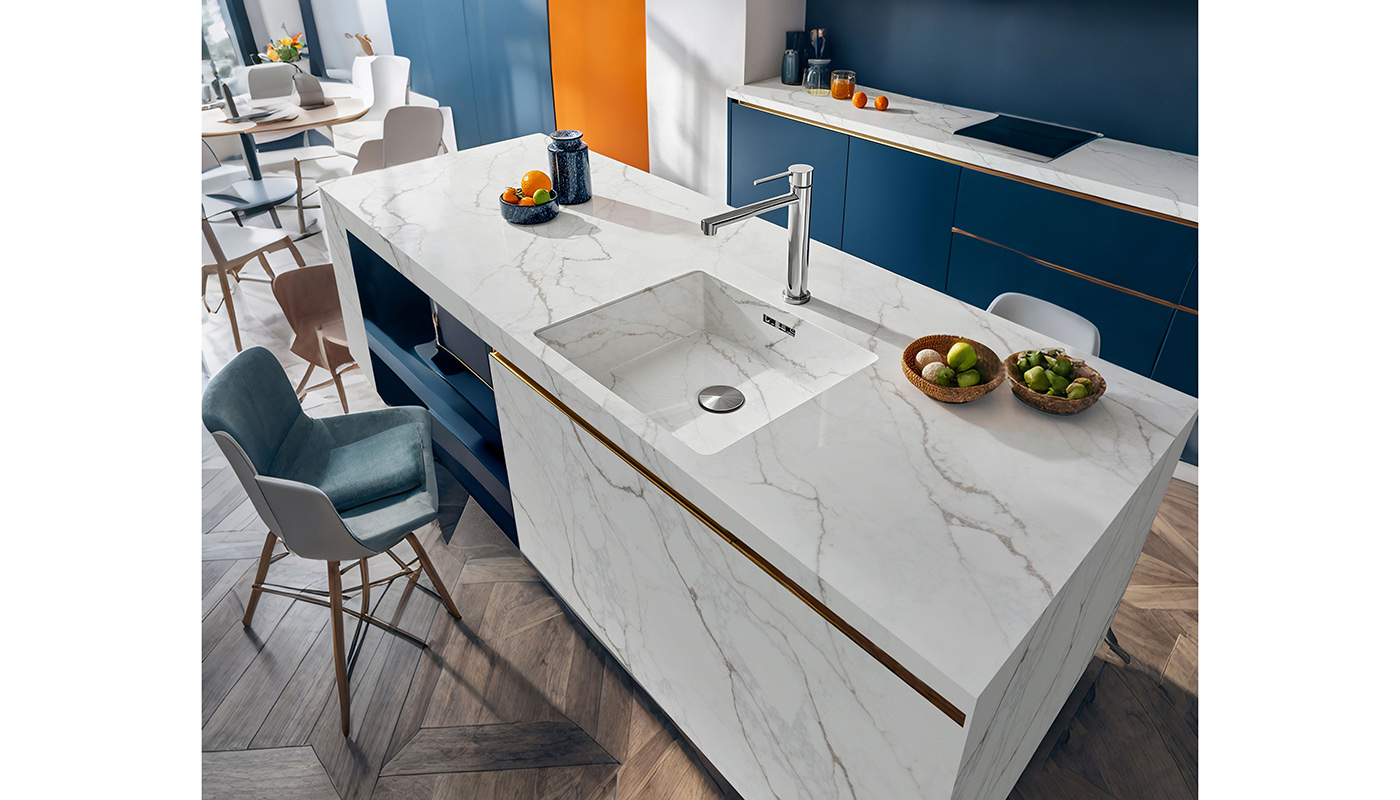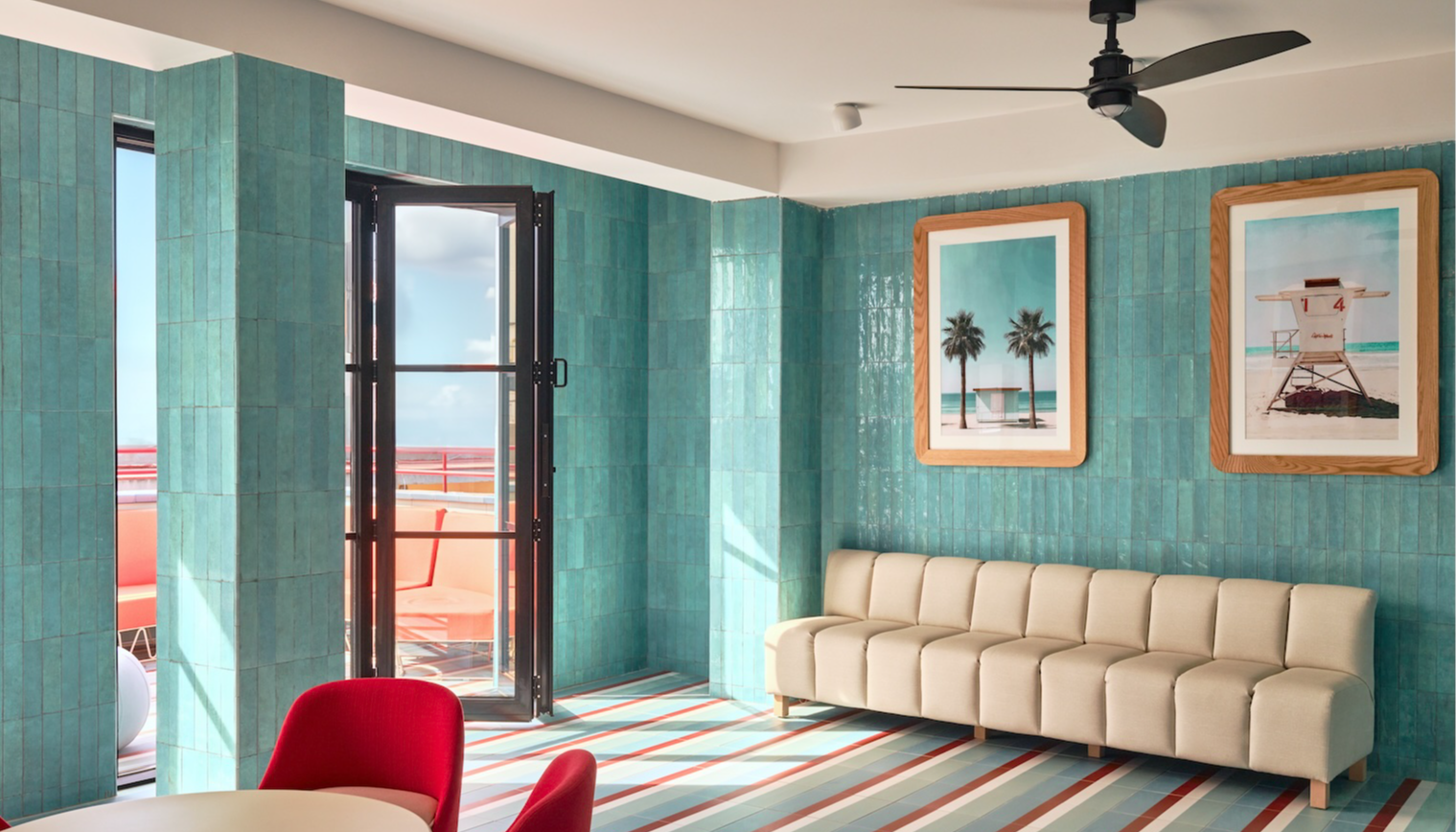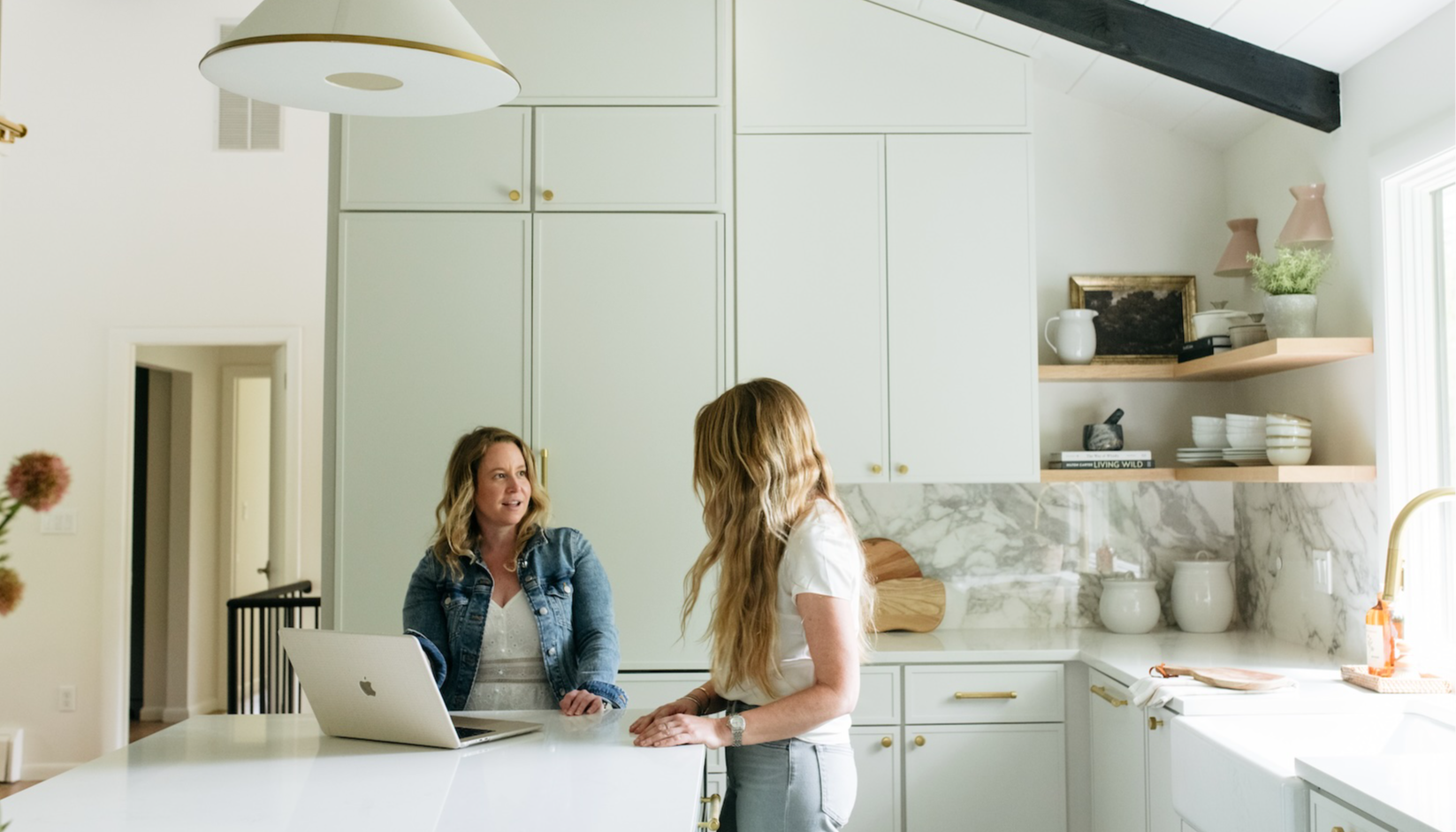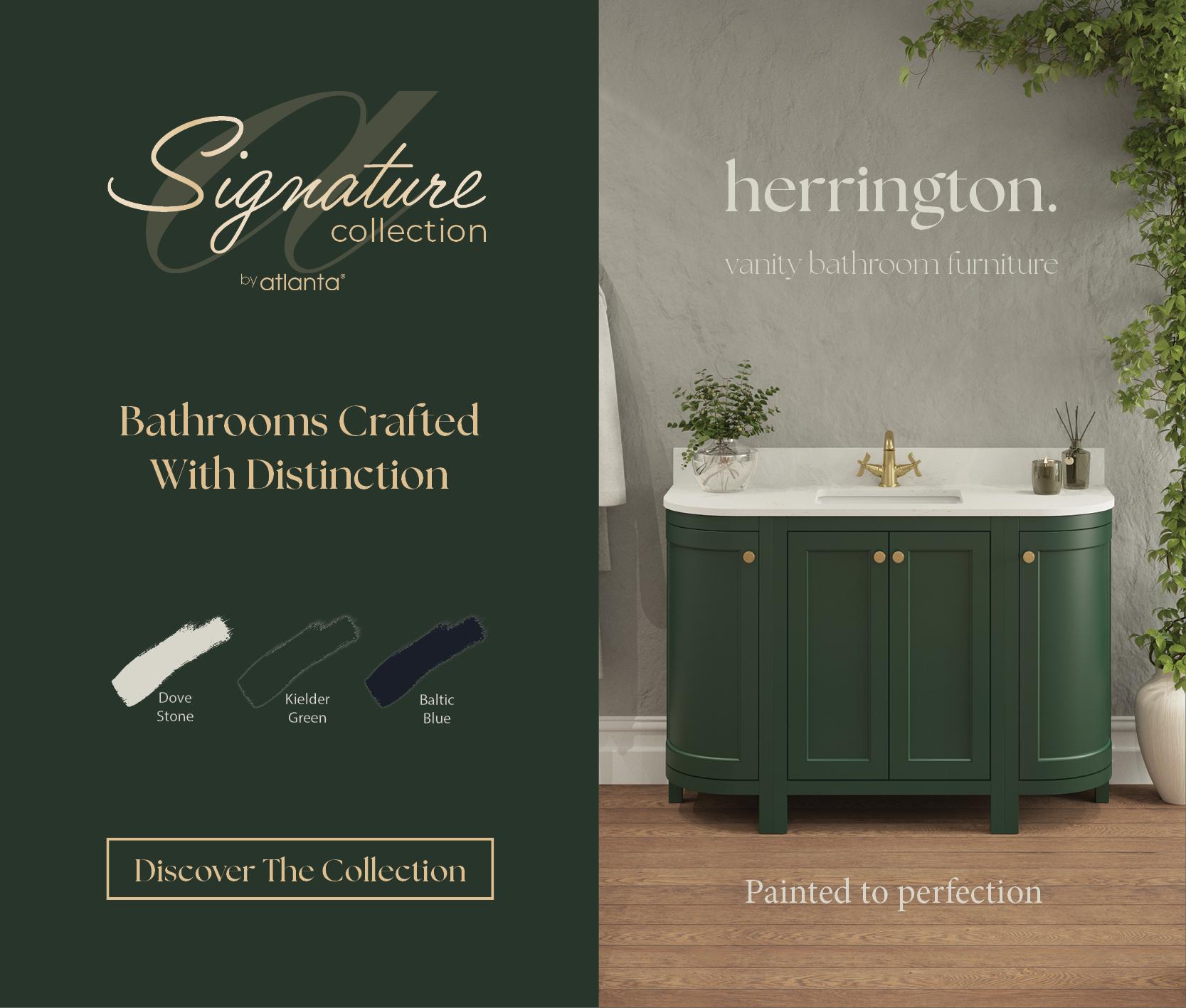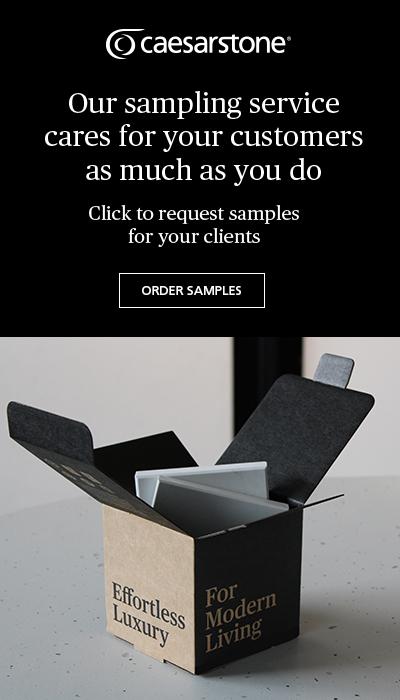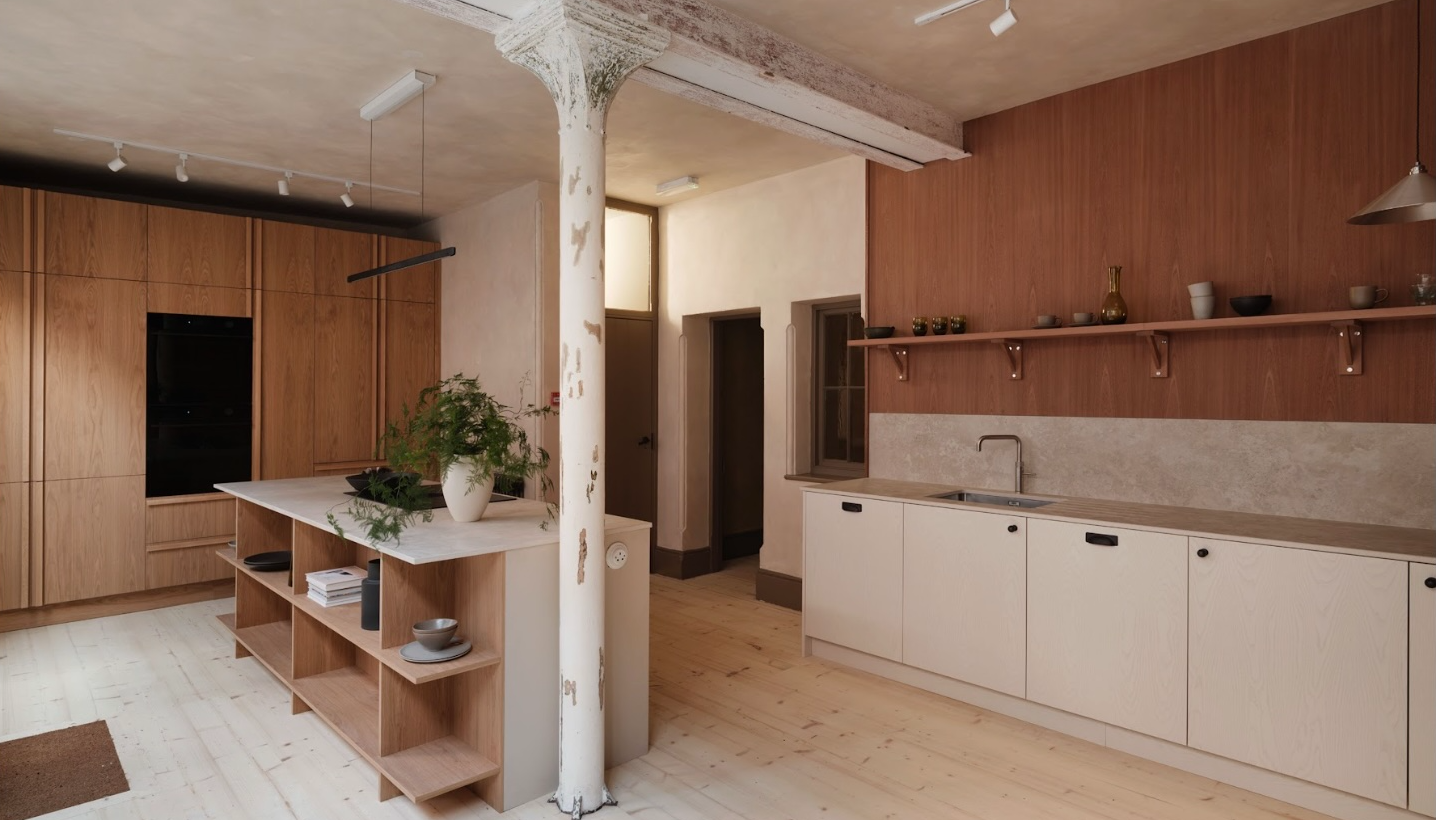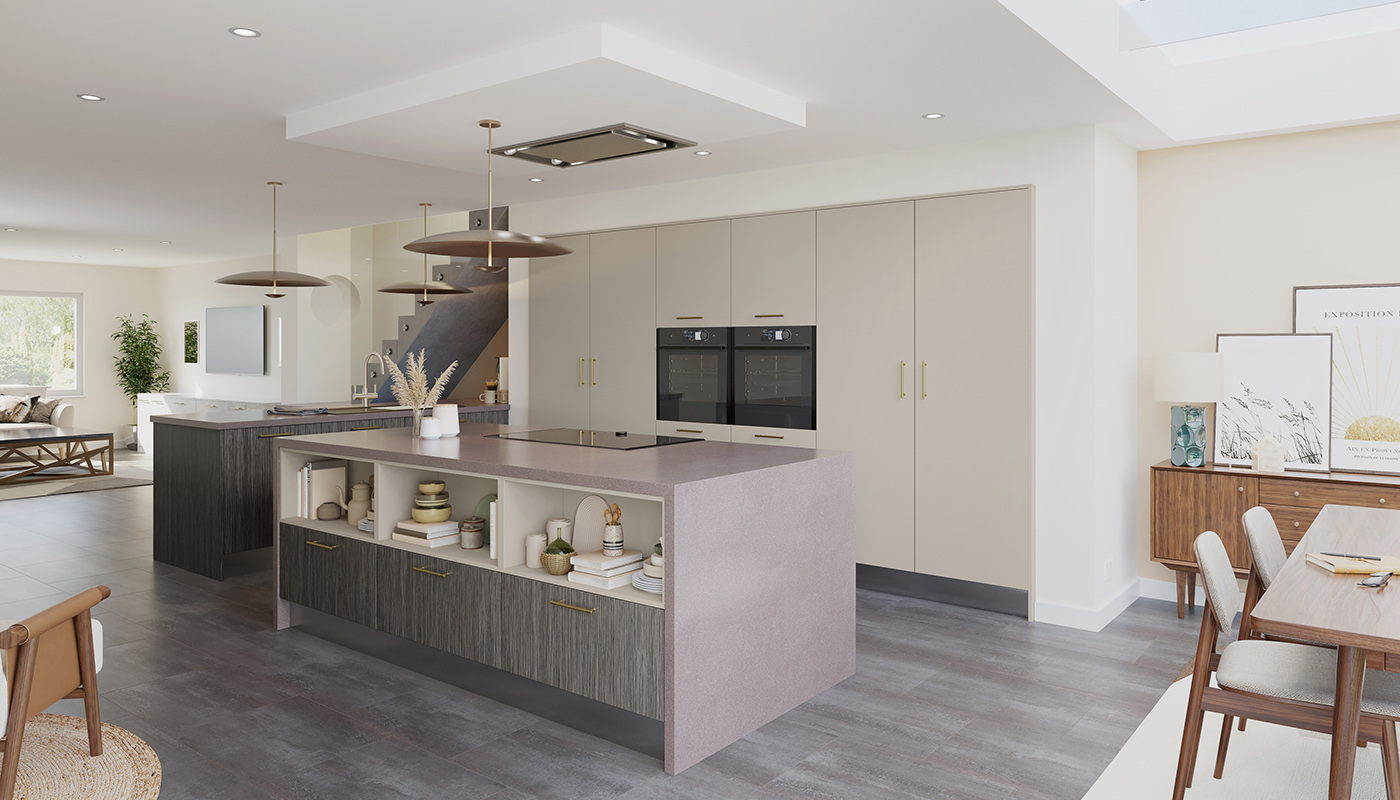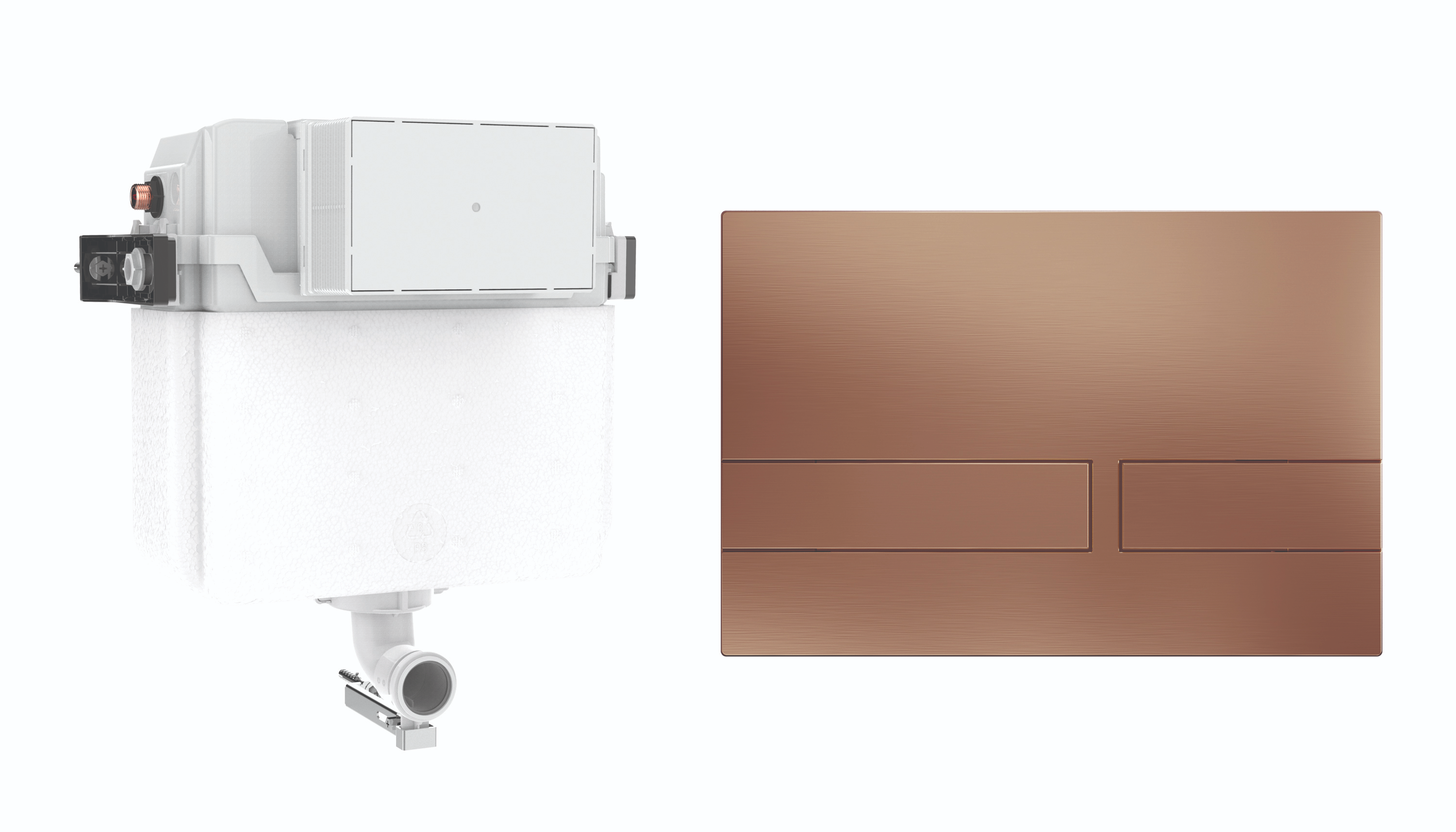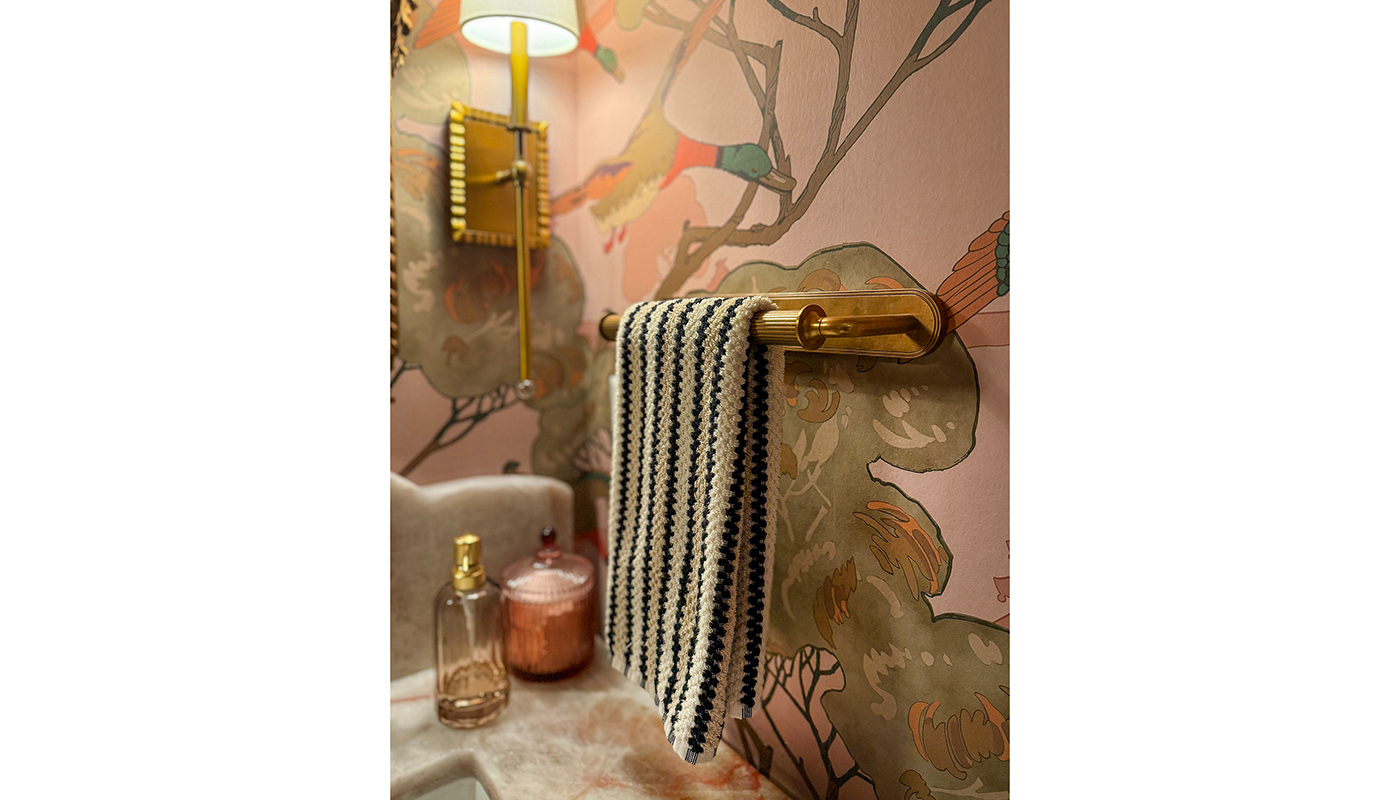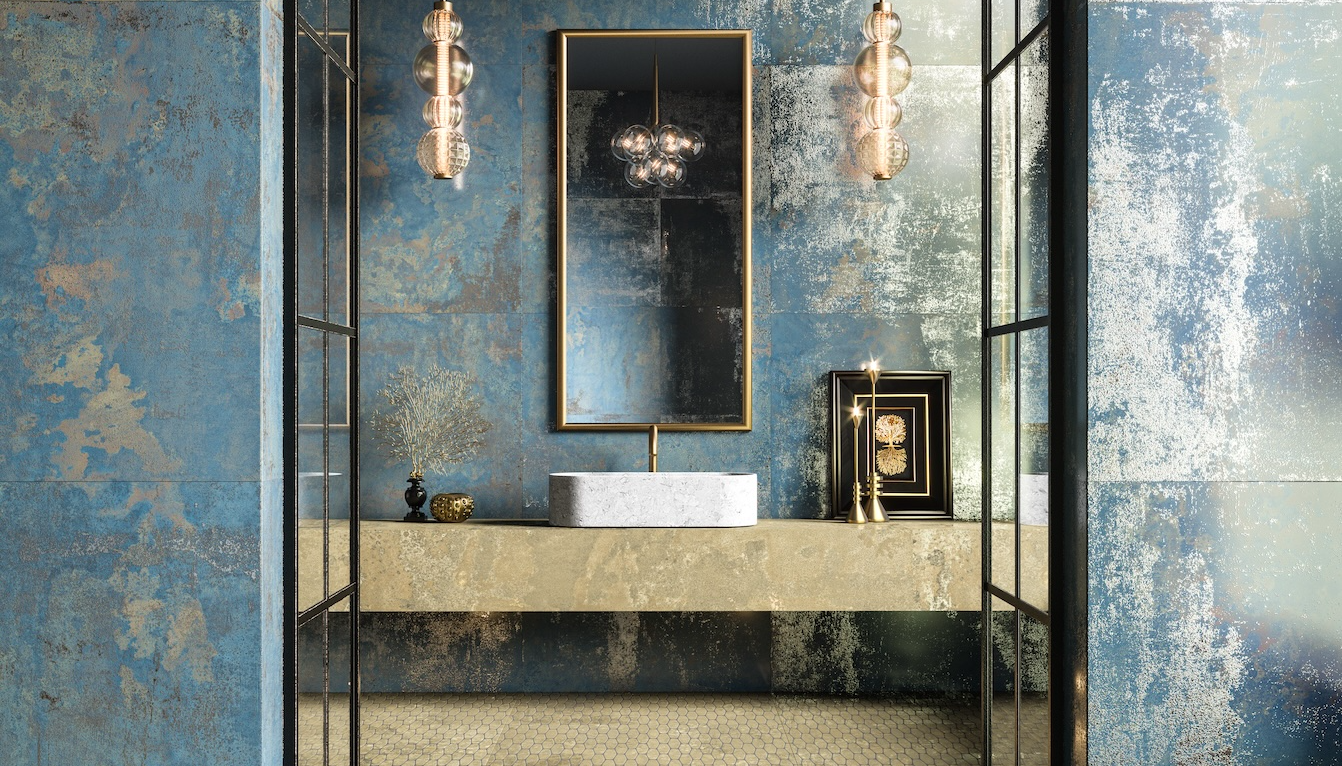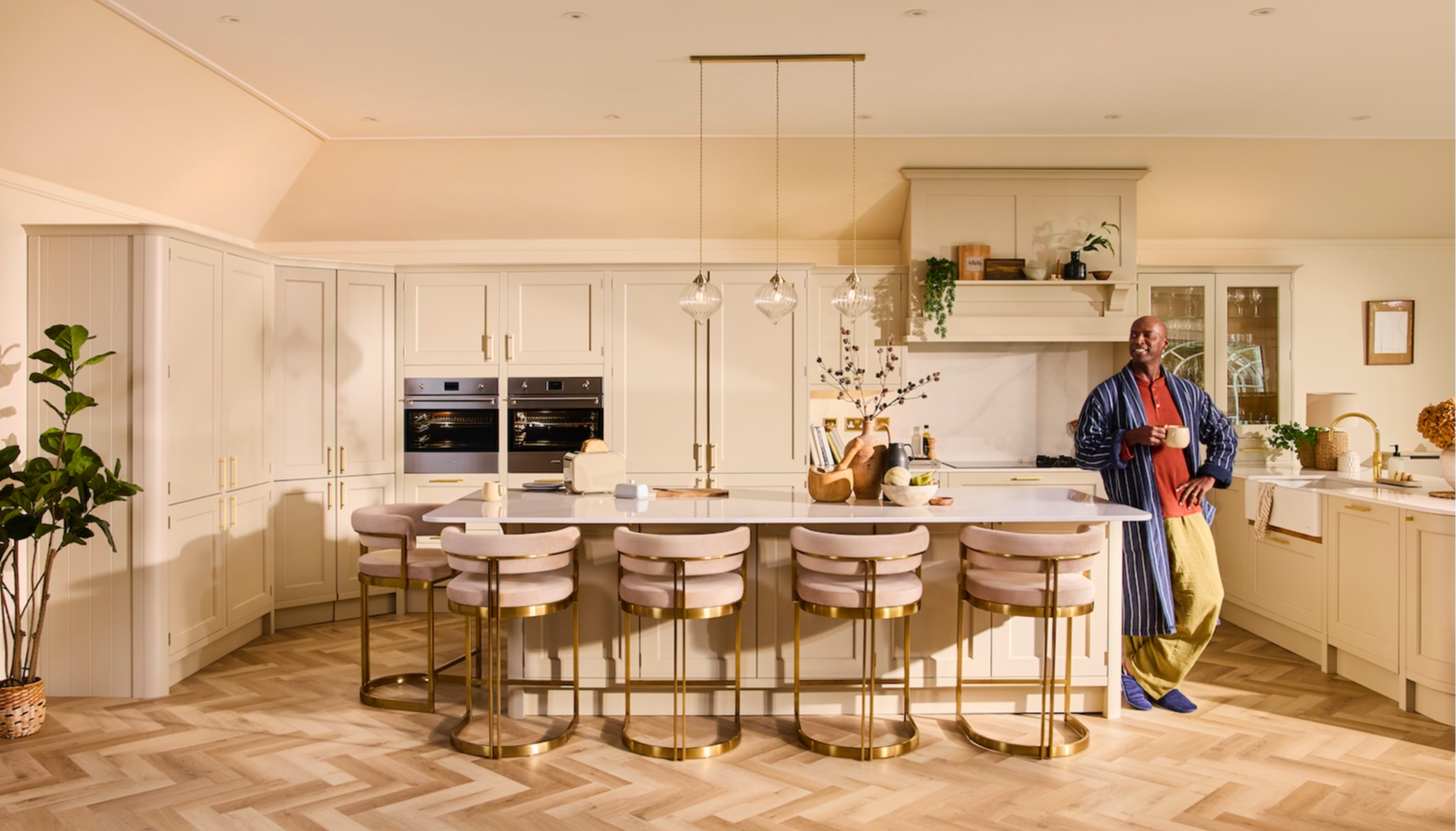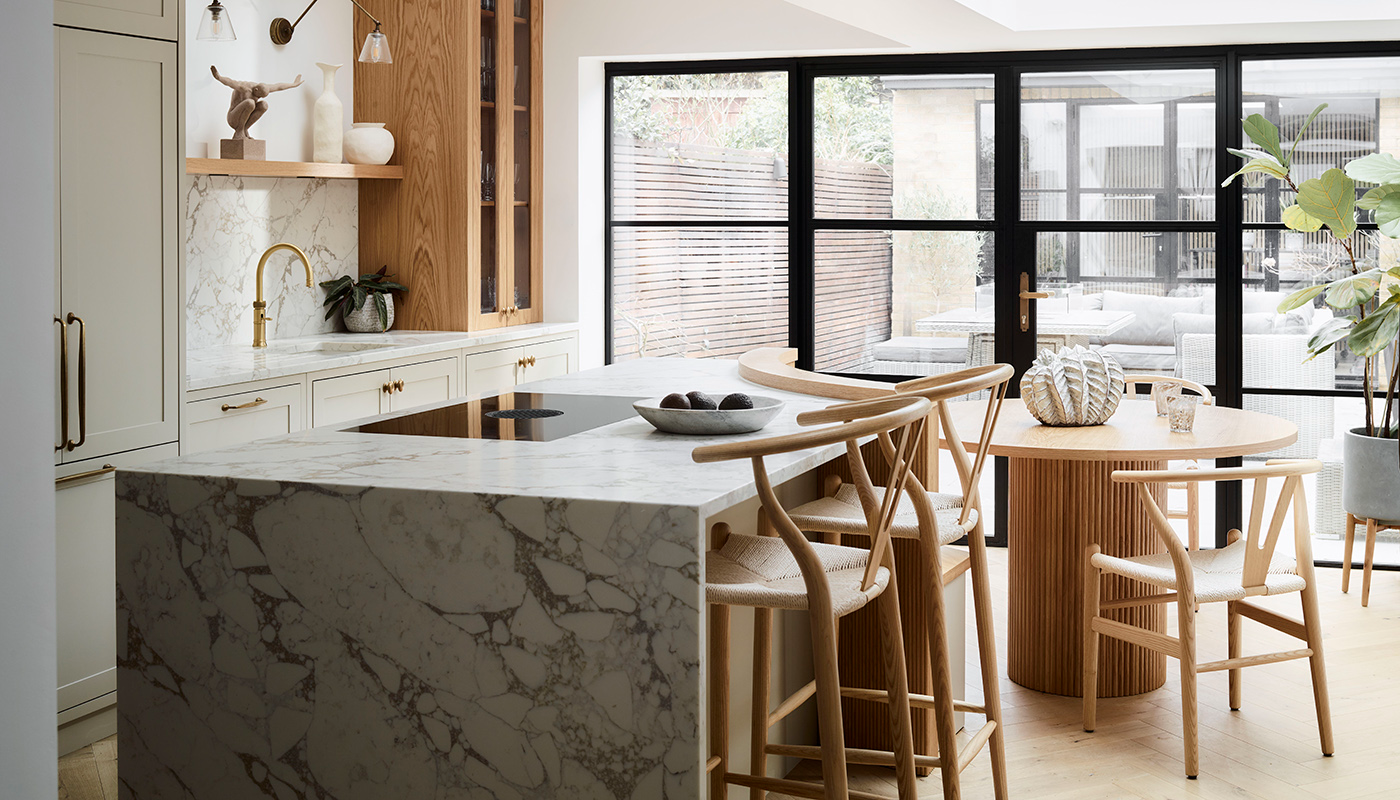Curve appeal: How the latest products create a softer bathroom scheme
Wed 11th Jan 2023 by Lisa Hibberd
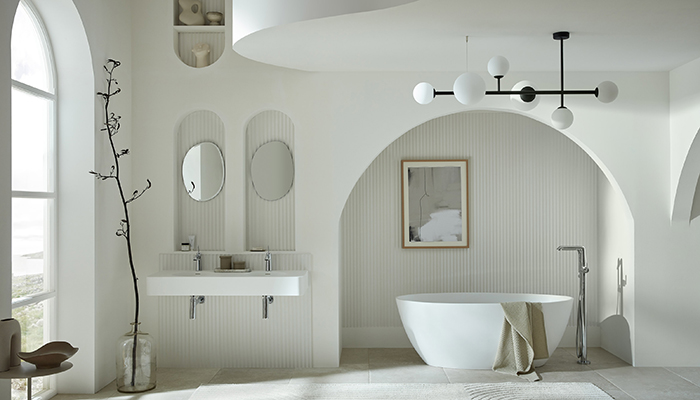
Curve appeal: How the latest products create a softer bathroom scheme
The introduction of carefully chosen curves, rounded edges and elliptical shapes is the ideal way to create a more relaxed and welcoming feel in the bathroom – Lisa Hibberd speaks to some key industry experts to explore the curvaceous trend.
The re-emergence of curves is proving to be a powerful element and feature that is dominating the way in which we approach bathroom design,” says Barrie Cutchie, design director at BC Designs. “There are several ways to bring curves into a bathroom, from the shape of walls and ceilings, through to decorative and functional items where the design is focused on curves and organic forms. From baths to brassware, washbasins through to toilets, each can play an important role in creating the softer approach to design that curves offer."
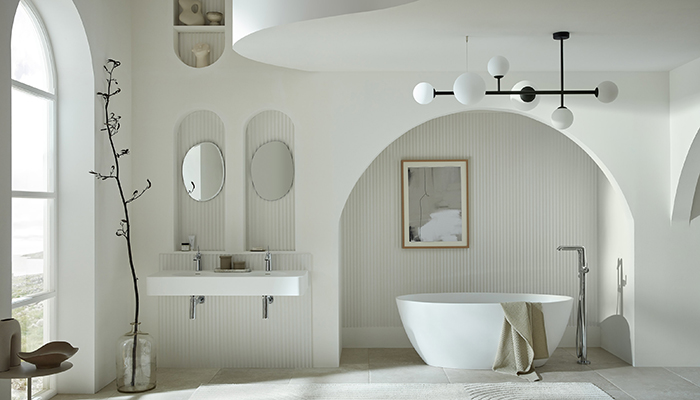
He adds: "Curves aren’t a new phenomenon in bathrooms, but the concept has come to the forefront, in part due to the pandemic. Bathrooms are one of the rooms we turn to, to switch off and take care of ourselves both mentally and physically. Adding curves can introduce a visual rhythm that infuses a more relaxed, softer feel to the space, removing harsh lines and angular corners. These softer curved lines are naturally found in nature and as consumers become more in tune with their surroundings, their buying habits have and will continue to be influenced.”
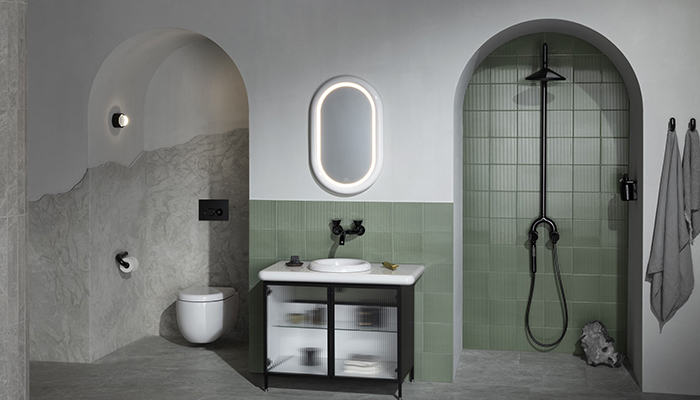
“Curvaceous design remains a popular choice throughout all bathroom categories and whilst being an aesthetically pleasing look, it can also be regarded as a nod to nature,” adds Julie Lockwood, furniture product manager for Bathrooms to Love by PJH. “Organic shapes influenced by all things natural continue to have a presence in the home, in particular the bathroom. Softening spaces and perhaps creating a calming feel, curves in bathroom product design – such as within our beautiful Lambra modular range – are perfect for creating a relaxing retreat. Co-ordinating curvaceous forms and softening any angles within the space, will enhance the overall look, for example with curved and rounded brassware, ceramics, baths and mirrors.”
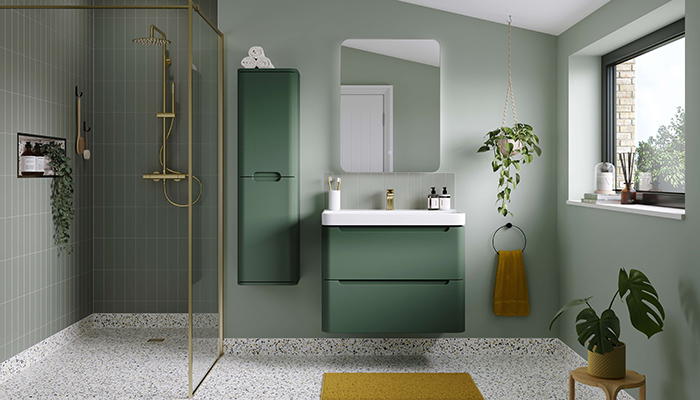
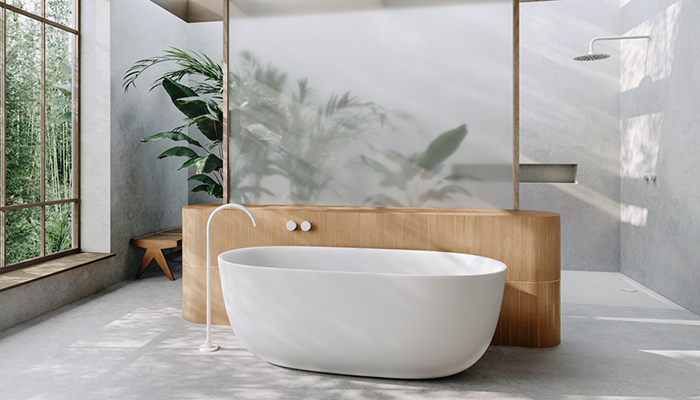
“A transition to the use of more organic materials, whether that’s textiles or construction, has triggered the trending curved interiors in bathroom design,” comments Emma Joyce, brand manager at House of Rohl. “Following the silhouettes of plants and the earth’s surface, we are using natural elements to introduce curves into baths, brassware, mirrors, furniture, and architecture. Furthermore, curved objects are expertly known to be more relaxing than sharp objects; this combined with a push for more wellness inspired spaces is also a major influence in the curved bathroom trend.”
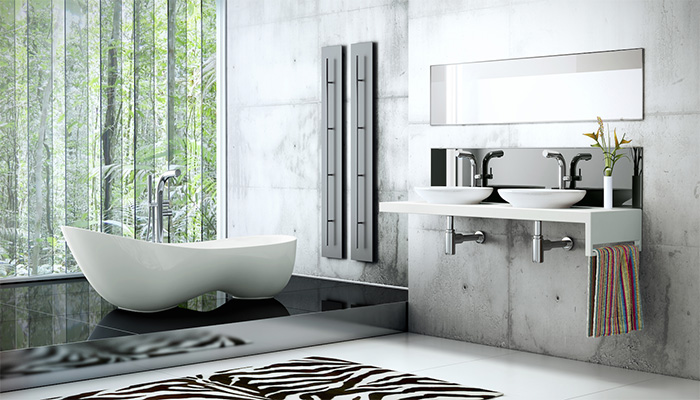
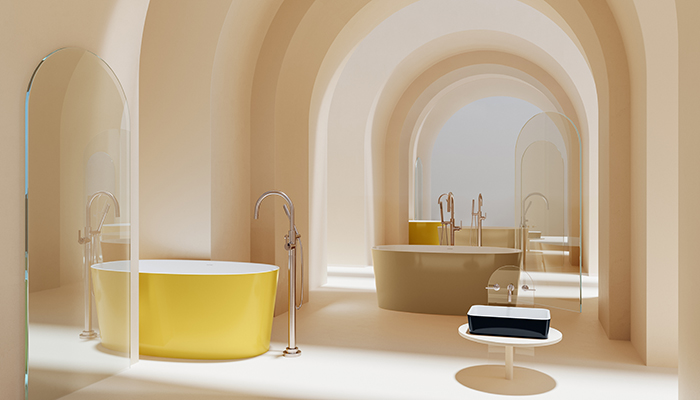
Ben Bryden, sales and marketing director of RAK Ceramics, suggests that the practical benefits of curves in the bathroom cannot be denied, and that there is certainly a case for this look being more of a lifestyle choice than just a passing trend as households age, and generations come together. “Curves make the bathroom more accessible. But they add a new visual element too; rounded forms in furniture and sanitaryware make the room look and feel bigger, while mirrors and washbasins with round surfaces create the impression of open spaces, an on-trend look as we move increasingly towards open-plan living, even in the bathroom.”
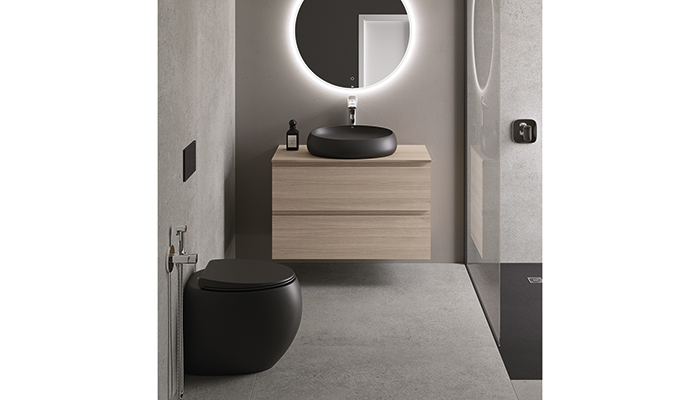
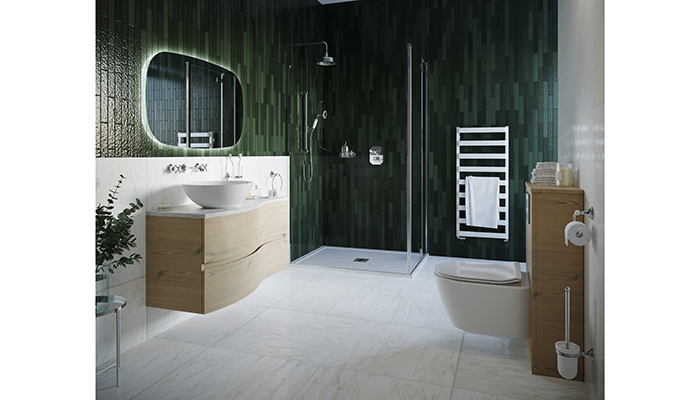
Ronke Ugbaja, leader, product management UK, Lixil EMENA, recommends that those wanting to bring an on-trend touch to their pre-existing bathroom without updating any complex features or fittinges, should do so through the use of accessories and soft furnishings. “Incorporating curves and circular design with accessories can be easily achieved through updating functional elements such as opting for a towel ring, a curved mirror and curved soap dishes. Elsewhere, clients can opt for a circular bathmat in the centre of the room for an instant on-trend update that softens the room in both shape and texture.”
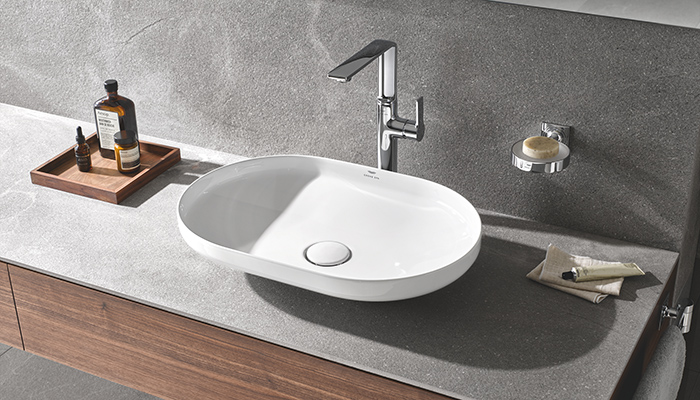
Steve Kaye, marketing director at HiB, says that for designers fortunate to have original features still on display in a bathroom project, such arches, decorative architecture or windows, it pays to use these to enhance the overall design. “By using these curves, you can direct the eye to these areas, creating additional interest and adding character to the room. This will make the space feel more bespoke and luxurious. Curves have a softer aesthetic and can be useful to counteract rigid lines, but from a practical point of view they are also ideal for families with smaller children. For safety reasons, curves can be used as part of vanity units, furniture and accessories, minimising the amount of sharp edges.”
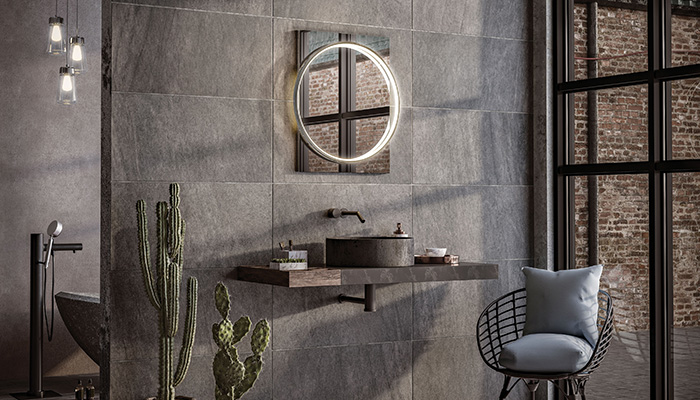
Tags: bathrooms, features, curves, vitra, pjh, kaldewei, bc designs, house of rohl, victoria & albert baths, rak ceramics, crosswater, grohe, hib





